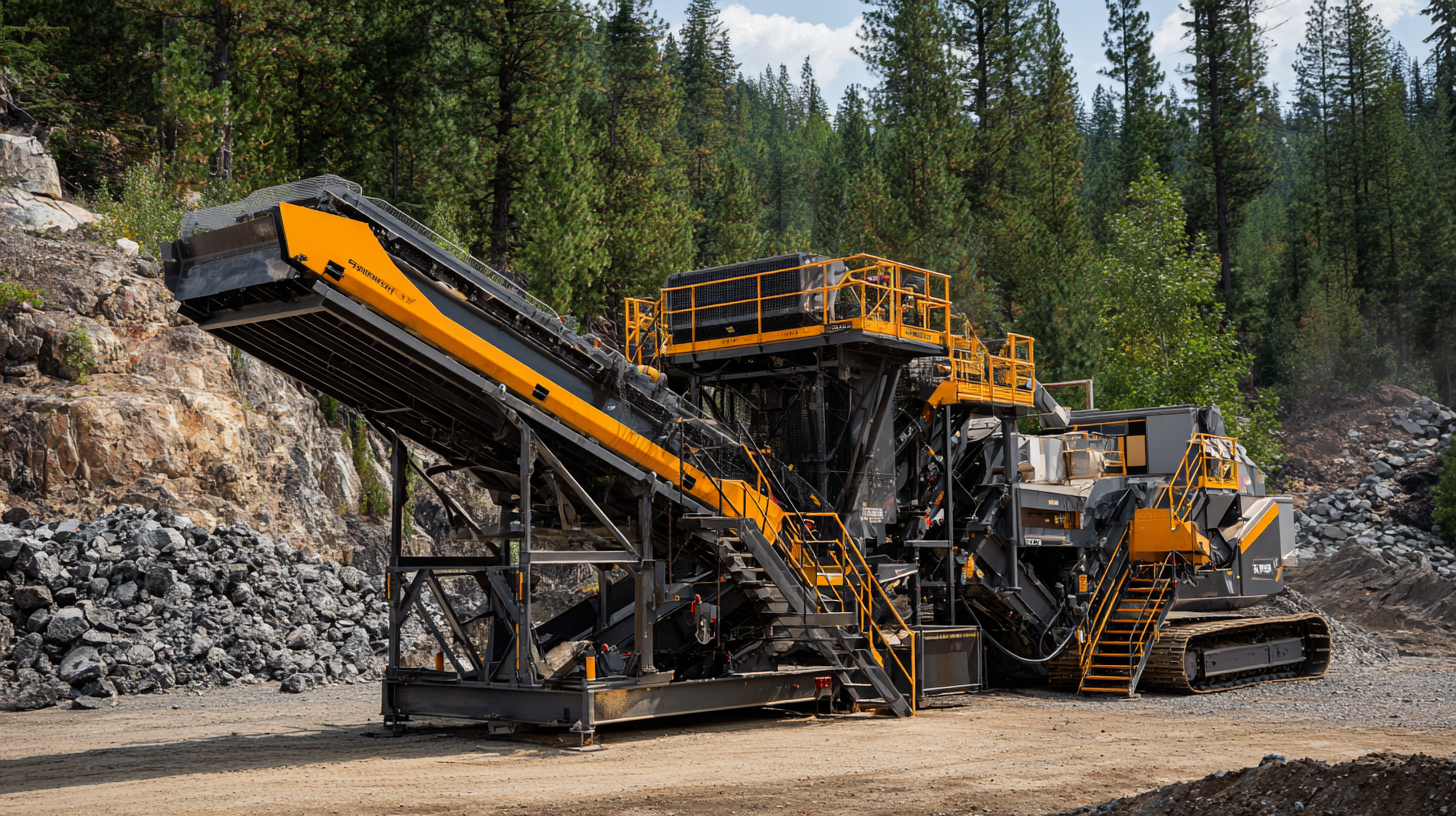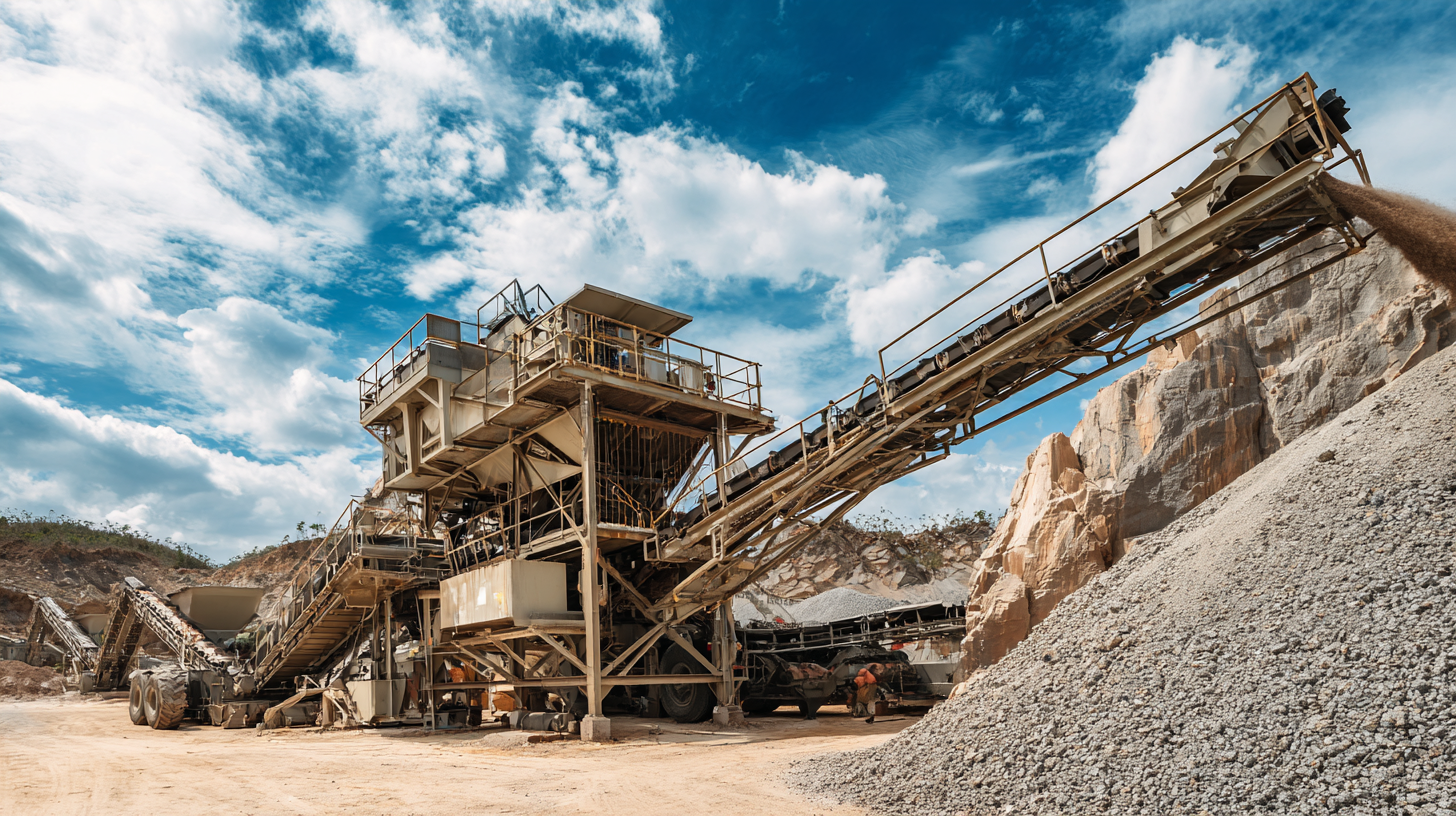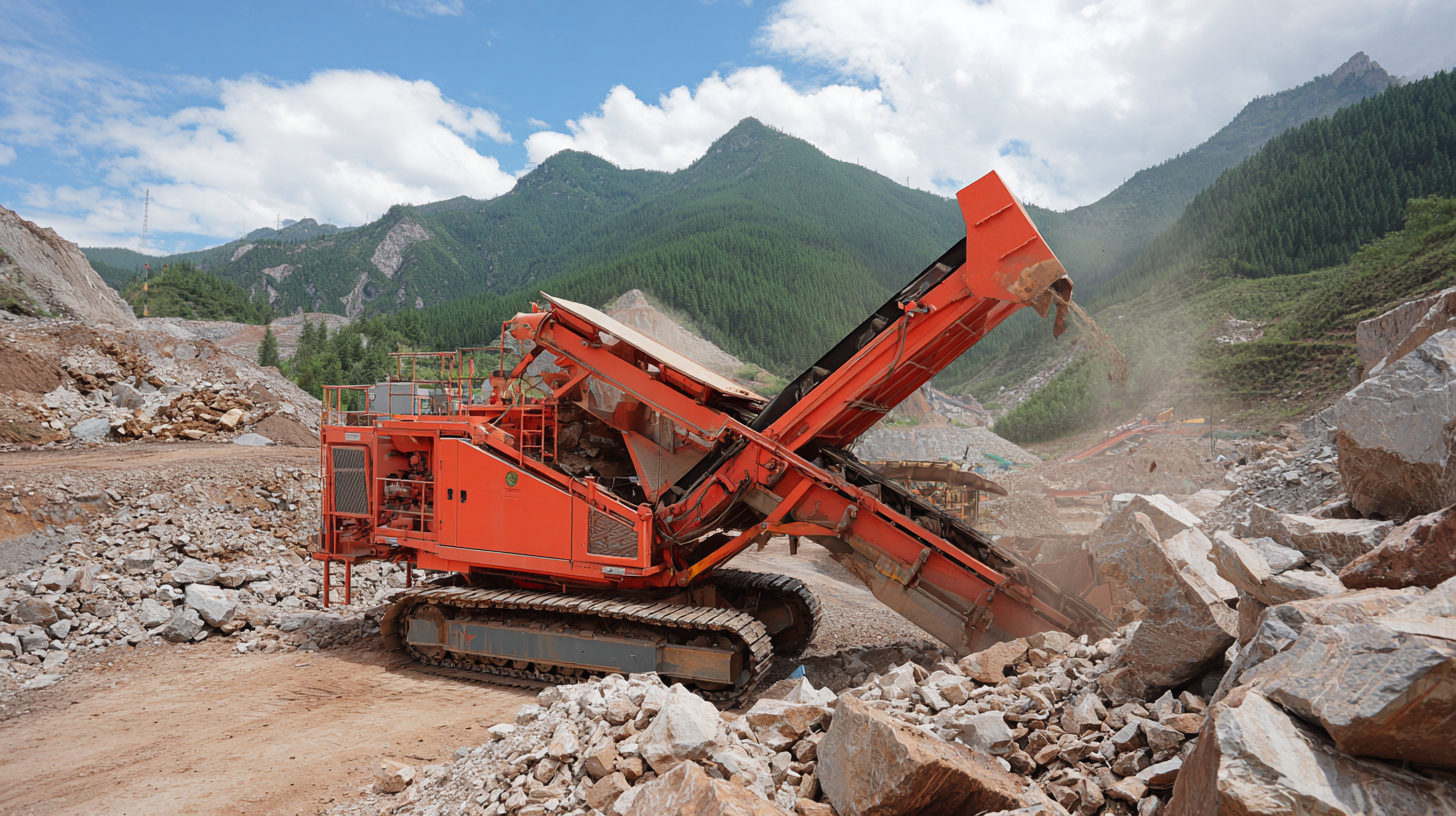In the competitive landscape of the aggregate and mining industries, selecting the right equipment is pivotal for optimizing productivity and efficiency. A recent report from the Global Market Insights indicates that the stone crushing equipment market is projected to surpass USD 8.5 billion by 2026, driven largely by the growing demand for construction materials. Within this context, the High Capacity Stone Crusher emerges as a critical asset for companies aiming to meet increasing production requirements while minimizing operational costs.

By understanding key factors such as feed size, material type, and desired output, businesses can make informed decisions that enhance their performance. This guide offers insights into identifying and choosing the appropriate High Capacity Stone Crusher to maximize efficiency, ensuring both operational success and profitability in an ever-evolving market.
When selecting a high-capacity stone crusher, an in-depth understanding of the material characteristics is crucial. Different types of materials—such as granite, limestone, and basalt—vary in hardness, size distribution, and moisture content. For example, softer stones may require lower crushing forces, while harder ones demand more robust machinery. By assessing these properties, one can determine the appropriate type of crusher, whether it be a jaw, cone, or impact crusher, that will efficiently handle the specific material.
Additionally, project requirements play a significant role in the crusher selection process. Factors such as the desired output size, production volume, and operating conditions must align with the machine's capabilities. High-capacity crushers are often equipped with adjustable settings to enable flexibility for various projects. Therefore, understanding both material characteristics and project needs is essential for maximizing efficiency and performance, ensuring that the chosen stone crusher meets the operational demands while maintaining optimal productivity.

Choosing the right high capacity stone crusher involves evaluating the various types available in the market to find the optimal match for your operational needs. According to a report by Grand View Research, the global stone crushing equipment market size was valued at over $4.5 billion in 2022 and is expected to grow at a compound annual growth rate (CAGR) of 6.2% through 2030. This growth is driven by increasing construction activities and the rising demand for crushed stone for concrete production.
When assessing different types of high capacity stone crushers, consider factors such as crushing capacity, feed size, and operational efficiency.
Jaw crushers, for instance, are renowned for their ability to handle large volumes of material, often reaching capacities of over 1,500 tons per hour, making them ideal for heavy-duty applications. In contrast, impact crushers can yield finer materials with higher uniformity in grading, which is essential for certain construction projects.
According to a report from Research and Markets, the impact crusher segment alone is projected to contribute significantly to market growth, owing to its versatility and efficiency in various applications. Evaluating these specifications will help manufacturers make informed decisions that lead to enhanced performance and reduced operational costs.
When selecting a high-capacity stone crusher, understanding key performance metrics is crucial for achieving maximum efficiency and output. Efficiency can be measured through factors such as throughput, which indicates the amount of material processed over a specific time frame. A higher throughput means that the crusher can handle more material, directly impacting productivity levels. Additionally, energy consumption is another vital metric; effective crushers should provide higher output with lower energy costs, contributing to overall operational efficiency.
Tips: Regular maintenance is essential to ensure the crusher operates at optimal performance levels. Implementing a routine check for wear and tear can prevent potential downtime and maintain efficiency. Moreover, selecting the right type of crusher for your specific material type can significantly enhance output; different machines excel with varying materials and conditions.
Another important metric to consider is the reduction ratio, which measures the size of the material before and after crushing. A higher reduction ratio indicates that the crusher produces smaller-sized particles, which is often required in various applications. Monitoring this ratio can help in adjusting operational parameters to further optimize output and efficiency.

When investing in a high-capacity stone crusher, balancing cost and quality is crucial for achieving optimal performance. It is essential to establish a budget that aligns with your operational needs while accounting for potential long-term savings. While lower-priced models might seem attractive, they often come with trade-offs in durability and efficiency, leading to higher maintenance costs in the future. A well-thought-out investment today can save you on repairs and downtime later.
Tips: Start by assessing your production requirements. Determine the capacity needed and the materials you will process. Research different brands and models to find options that fit your budget yet maintain high-quality standards. Additionally, consider warranties and after-sales service; a robust support system can significantly enhance the lifespan and performance of your machine.
Another important aspect is to evaluate the total cost of ownership, which includes not just the initial purchase price but also operational expenses like energy consumption and maintenance. A slightly higher upfront cost may result in lower operating costs over time. This holistic approach ensures that you select a high-capacity stone crusher that not only fits your budget but also meets your performance expectations effectively.
Proper maintenance and support are crucial for ensuring the longevity and performance of high-capacity stone crushers. Regular inspections and timely servicing can prevent unexpected breakdowns and minimize downtime. Operators should adhere to the manufacturer’s maintenance schedule, which typically includes checking hydraulic systems, replacing worn-out parts, and lubricating components to reduce friction and wear. Utilizing high-quality replacement parts also plays a significant role in maintaining optimal performance, as inferior components can lead to further damage and inefficiency.
Moreover, investing in a robust support system, including access to technical assistance and training for operators, can dramatically enhance the performance of your crusher system. Familiarity with the machinery allows teams to troubleshoot and resolve issues swiftly, preventing minor problems from escalating. Additionally, establishing a relationship with reliable suppliers for ongoing support can provide valuable insights into upgrades or innovations that may further improve efficiency and productivity in the long run. Ultimately, a focus on maintenance and support will not only prolong the life of the equipment but also ensure consistent performance that meets operational demands.
